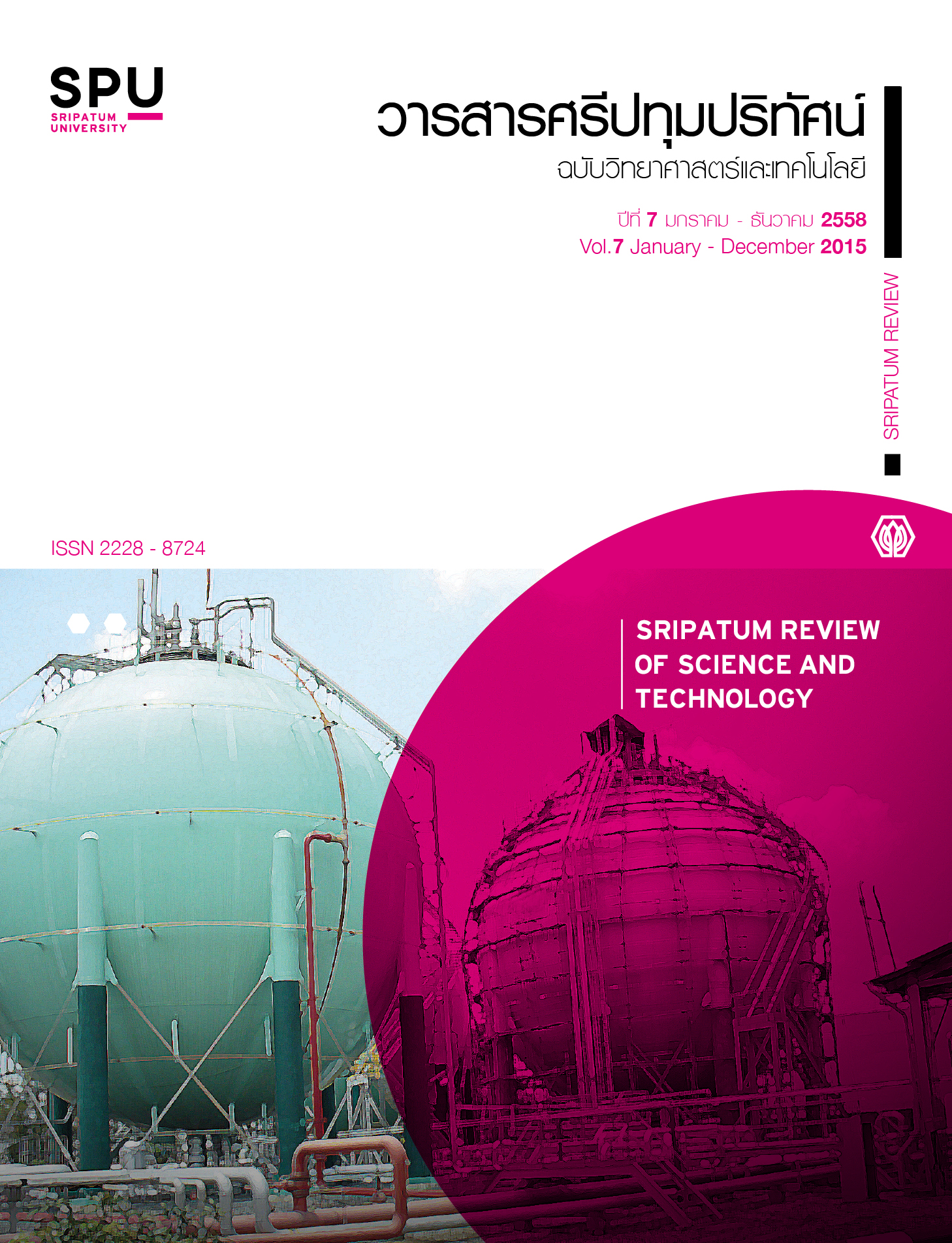SEMANTIC DECISION MAKING BASED ON ADAPTIVE NEURO-FUZZY RULES FOR BLOOD DIAGNOSIS
Main Article Content
Abstract
This research work, a model for semantic decision making is aimed at providing an adaptive neuro-fuzzy combined with ontology for blood diagnosis. The neuro-fuzzy ontology was designed with nine input fields and three output fields. The input variables are FBS, BUN, Creatinine, Uric acid, cholesterol, Triglyceride, ALP, ALT and AST. The output detected the laboratory results interpretation such as diagnosis risk levels of disease which are classified into fuzzy linguistic variable. The data set used neural network modeled to make it appropriate for the training, in diagnostic rule then the initial fuzzy structure was generated, the semantic rules base was learned with the set of training data after which was tested and validated with the set of testing data. In this paper, we presented an implementation of this ontology in Protégé using OWL and SWRL rule that can be inferred blood diagnosis results from an existing semantic knowledge-based. The efficiency in providing accuracy for blood diagnosis of the proposed model was evaluated by precision (98.2%), recall (97.4%) and F-measure (95.1%) measurement.
Article Details
References
ชัชวาลย์ ศรีมนตรี. 2554. “ระบบสืบค้นข้อมูลการท่องเที่ยวที่สอดคล้องกับความสนใจส่วนบุคคลของผู้ใช้โดยใช้คำอธิบายออนโทโลยี.” วิทยานิพนธ์วิทยาศาสตรมหาบัณฑิต คณะเทคโนโลยีสารสนเทศ มหาวิทยาลัยขอนแก่น.
ผุสดี บุญรอด. 2551. “การศึกษาปัจจัยที่มีผลต่อการย่อความภาษาไทยและการพัฒนาเทคนิคการย่อความภาษาไทย โดยใช้การประมวลผลภาษาธรรมชาติร่วมกับฐานความรู้ออนโทโลยี.” วิทยานิพนธ์ปรัชญาดุษฎีบัณฑิต คณะเทคโนโลยีสารสนเทศ มหาวิทยาลัยเทคโนโลยีพระจอมเกล้าพระนครเหนือ.
รวิกานต์ ปัณณะรัส. 2552. “การประยุกต์เว็บเชิงความหมายในการสืบค้นความเชี่ยวชาญของนักวิจัย.” วิทยานิพนธ์วิทยาศาสตร์มหาบัณฑิต สาขาวิชาวิทยาการคอมพิวเตอร์ ภาควิชาวิทยาการคอมพิวเตอร์และสารสนเทศ มหาวิทยาลัยเทคโนโลยีพระจอมเกล้าพระนครเหนือ.
สิริรัตน์ ประกฤติกรชัย. 2550. “การสร้างต้นแบบออนโทโลยีของพืชสมุนไพรไทย.” วิทยานิพนธ์วิทยาศาสตร์มหาบัณฑิต คณะวิทยาการคอมพิวเตอร์ มหาวิทยาลัยเทคโนโลยีพระจอมเกล้าพระนครเหนือ.
Askari M. and Markazi A. H. D. (2012). “A new evolving compact optimised Takagi-Sugeno fuzzy model and its application to nonlinear system identification.” International Journal of Systems Science, 43, 4: pp. 776-785.
Bektas Ekici B. and Aksoy U. T. (2011). “Prediction of building energy needs in early stage of design by using ANFIS.” Expert Systems with Applications, 38, 5: pp. 5352-5358.
Chen R.-C., et al. (2012). “A recommendation system based on domain ontology and SWRL for anti-diabetic drugs selection.” Expert Systems with Applications, 39, 4: pp. 3995–4006.
Fazeli S., Naghibolhosseini M. and Bahrami F. (2008). “An Adaptive Neuro-Fuzzy Inference System for Diagnosis of Aphasia.” The 2nd International Conference on Bioinformatics and Biomedical Engineering (ICBBE), pp. 535 – 538. Shanghai, China. Medicine and Biology Society.
Harun Uğuz. (2012). “Adaptive neuro-fuzzy inference system for diagnosis of the heart valve Diseases using wavelet transform with entropy.” Neural Computing and Applications, 21, 7: pp. 1617-1628.
Holger K., et al. (2013). The Protege OWL Plugin: An Open Development Environment for Semantic Web Applications. Retrieved December 1, 2013.
Horrocks I., et al. (2004). “SWRL: A semantic web rule language combining OWL and RuleML.” W3C Member submission, 21: pp. 79.
Jang J.–S. R. (1993). “ANFIS: Adaptive-Network-based Fuzzy Inference System.” IEEE Transactions on Systems, Man, and Cybernetics, 23, 3: pp. 665-685.
Kiryakov A., et al. (2004). “Semantic annotation, indexing, and retrieval.” Web Semantics: Science, Services and Agents on the World Wide Web, 2,1: pp. 49–79.
López M. F., et al. (1999). “Building a chemical ontology using methontology and the ontology design environment.” IEEE intelligent Systems, 14, 1: pp. 37–46.
McGuinness D. L. and Harmelen F. van. (2004). OWL Web Ontology Language Overview.Retrieved December 1, 2013.
Mor P., et al. (2008). “Onto-clust-A methodology for Combining clustering analysis and ontological methods for identifying groups of co morbidities for developmental disorders.” Journal of BioMedical Informatics, 42, 1(Frebruary): pp.165-175.
Obanijesu O. and Emuoyibofarhe O. Justice. (2012). “Development of Neuro-fuzzy System for Early Prediction of Heart Attack.” International Journal Information Technology and Computer Science, 9: pp. 22-28.
O’connor M., et al. (2005). Supporting Rule System Interoperability on the Semantic Web With SWRL. Retrieved November 1, 2014.
Özkan AO., et al. (2010). “Medical diagnosis of rheumatoid arthritis disease from right and left hand Ulnar artery Doppler signals using adaptive network based fuzzy inference system (ANFIS) and MUSIC method.” Adv Eng Software, 41: pp.1295–301.
Shankar R. D., et al. (2006). “Epoch: An Ontological Framework to Support Clinical Trials Management.” International Workshop on Healthcare Information and Knowledge Management, pp. 25–32.
Tarig F., Mohd N. T. and Fatimah I. (2011). “Adaptive Neuro-Fuzzy Inference System for Diagnosis Risk in Dengue Patients.” Expert system with Applications, 39: pp. 4483-4495.


